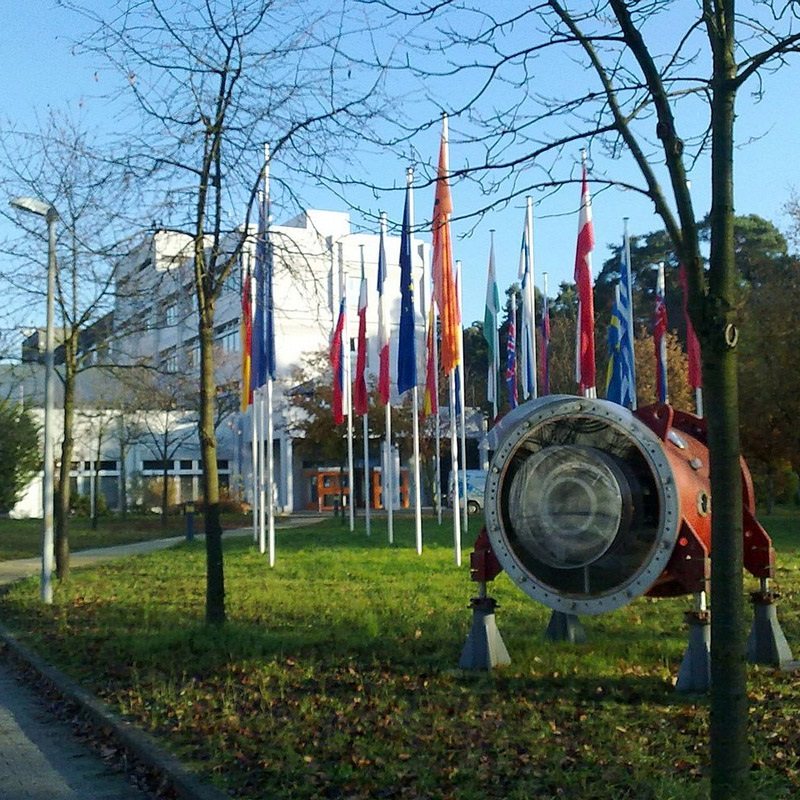Meitneriu
109
Mt
Grupă
9
Perioadă
7
Bloc
d
Protoni
Electroni
Neutroni
109
109
159
Proprietăți Generale
Număr atomic
109
Masă atomică
[278]
Numar de masa
268
Categorie
Metale de tranziție
Culoare
n/a
Radioactive
Da
Numit după Lise Meitner, fizicianul austriac
Structură cristalină
n/a
Istoric
Meitneriul a fost sintetizat pentru prima dată în 1982 de o echipă germană de cercetare condusă de Peter Armbruster și Gottfried Münzenberg la Institutul pentru Cercetarea Ionilor Grei (Gesellschaft für Schwerionenforschung) din Darmstadt.
Echipa a bombardat o țintă de bismut-209 cu nuclee accelerate de fier-58 și a detectat un singur atom al izotopului meitneriu-266.
Echipa a bombardat o țintă de bismut-209 cu nuclee accelerate de fier-58 și a detectat un singur atom al izotopului meitneriu-266.
Electroni pe nivelul de energie
2, 8, 18, 32, 32, 15, 2
Configurație electronică
[Rn] 5f14 6d7 7s2
Meitneriu are 7 izotopi ale căror perioade de înjumătățire sunt cunoscute
Proprietăți Fizice
Fază
Solid
Densitate
35 g/cm3
Punct de topire
-
Punct de fierbere
-
Energie de fuziune
n/a kJ/mol
Energie de evaporare
n/a kJ/mol
Căldură specifică
- J/g·K
Abundența în scoarța Pământului
n/a
Abundența în Univers
n/a

Credite imagine: Wikimedia Commons (Commander-pirx)
Elementul a fost descoperit la Institutul de Cercetare a Ionilor Grei din Darmstadt, Germania
Numarul CAS
54038-01-6
Număr CID PubChem
n/a
Proprietăți Atomice
Rază atomică
-
Rază de covalență
129 pm
Electronegativitate
-
Potențial de ionizare
-
Volum molar
-
Conductivitate termică
-
Număr de oxidare
3, 4, 6
Aplicații
Meitneriul este utilizat doar în scopuri de cercetare științifică.
Meitneriu este dăunător din cauza radioactivității sale
Izotopi
Izotopi stabili
-Izotopi instabili
265Mt, 266Mt, 267Mt, 268Mt, 269Mt, 270Mt, 271Mt, 272Mt, 273Mt, 274Mt, 275Mt, 276Mt, 277Mt, 278Mt, 279Mt